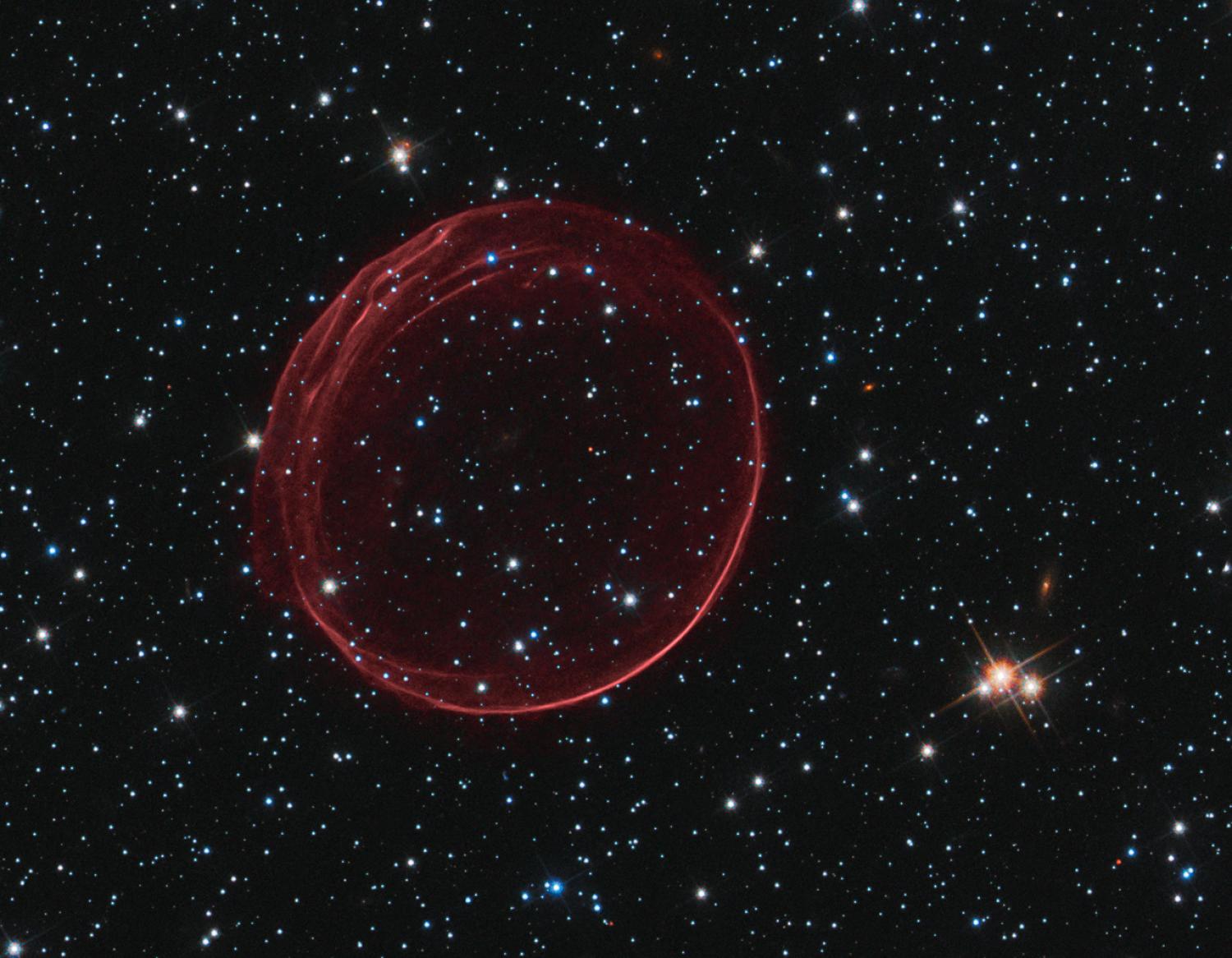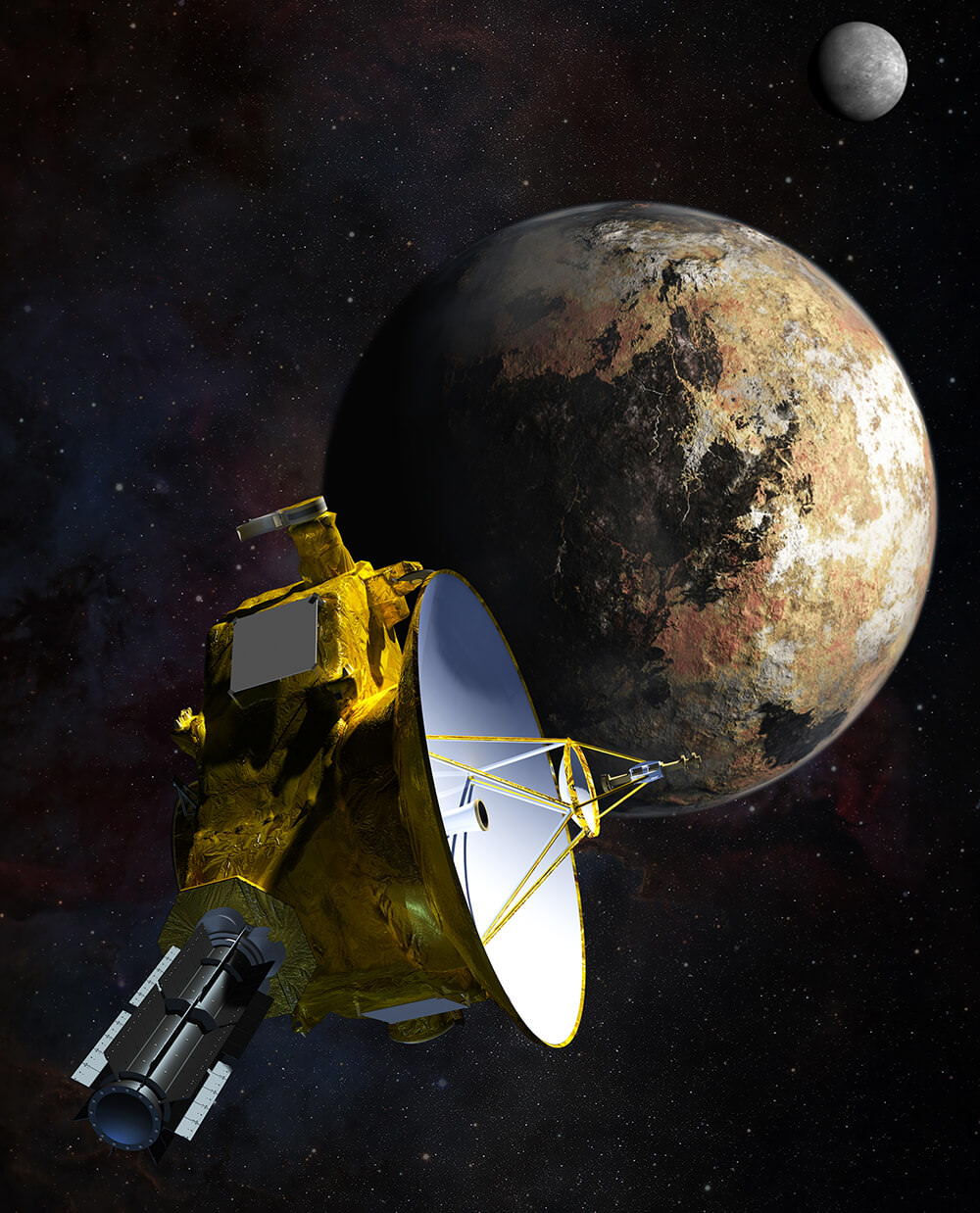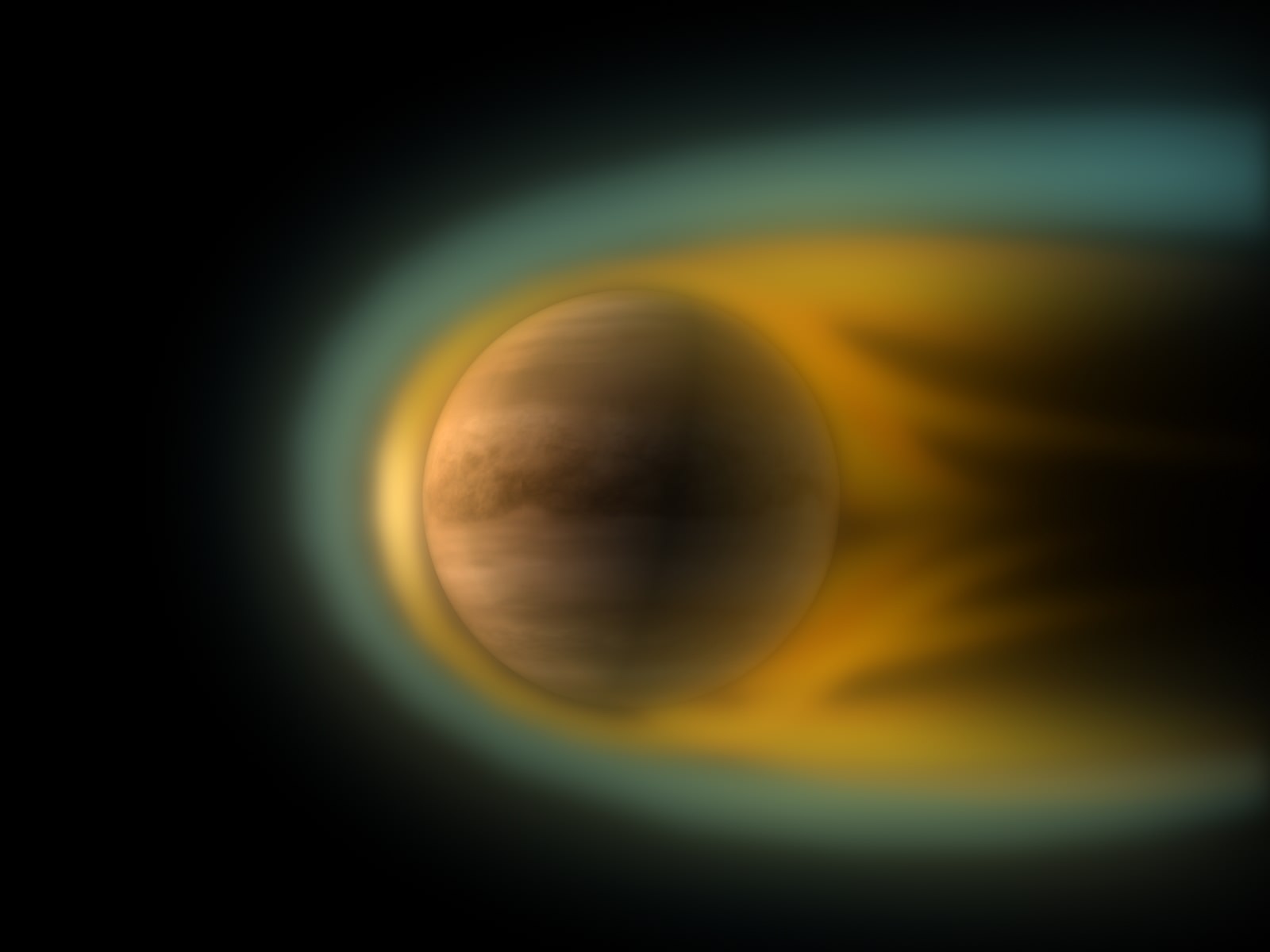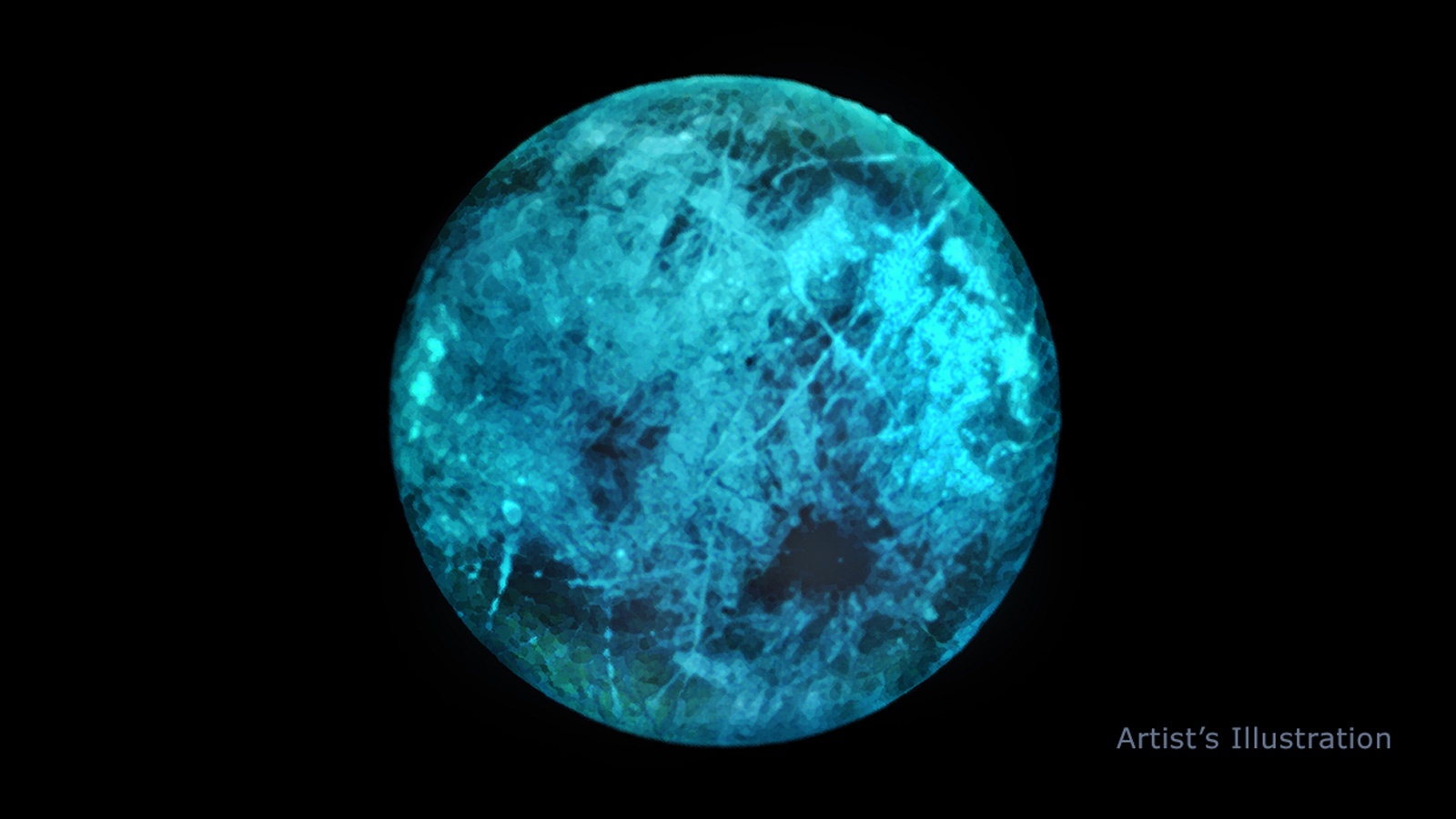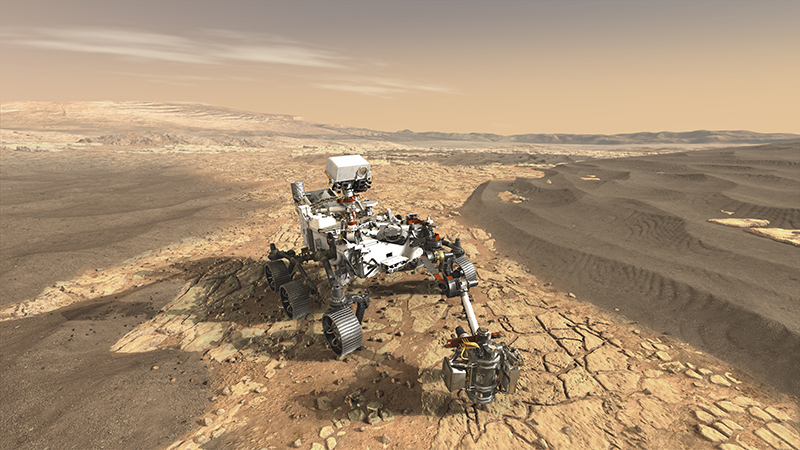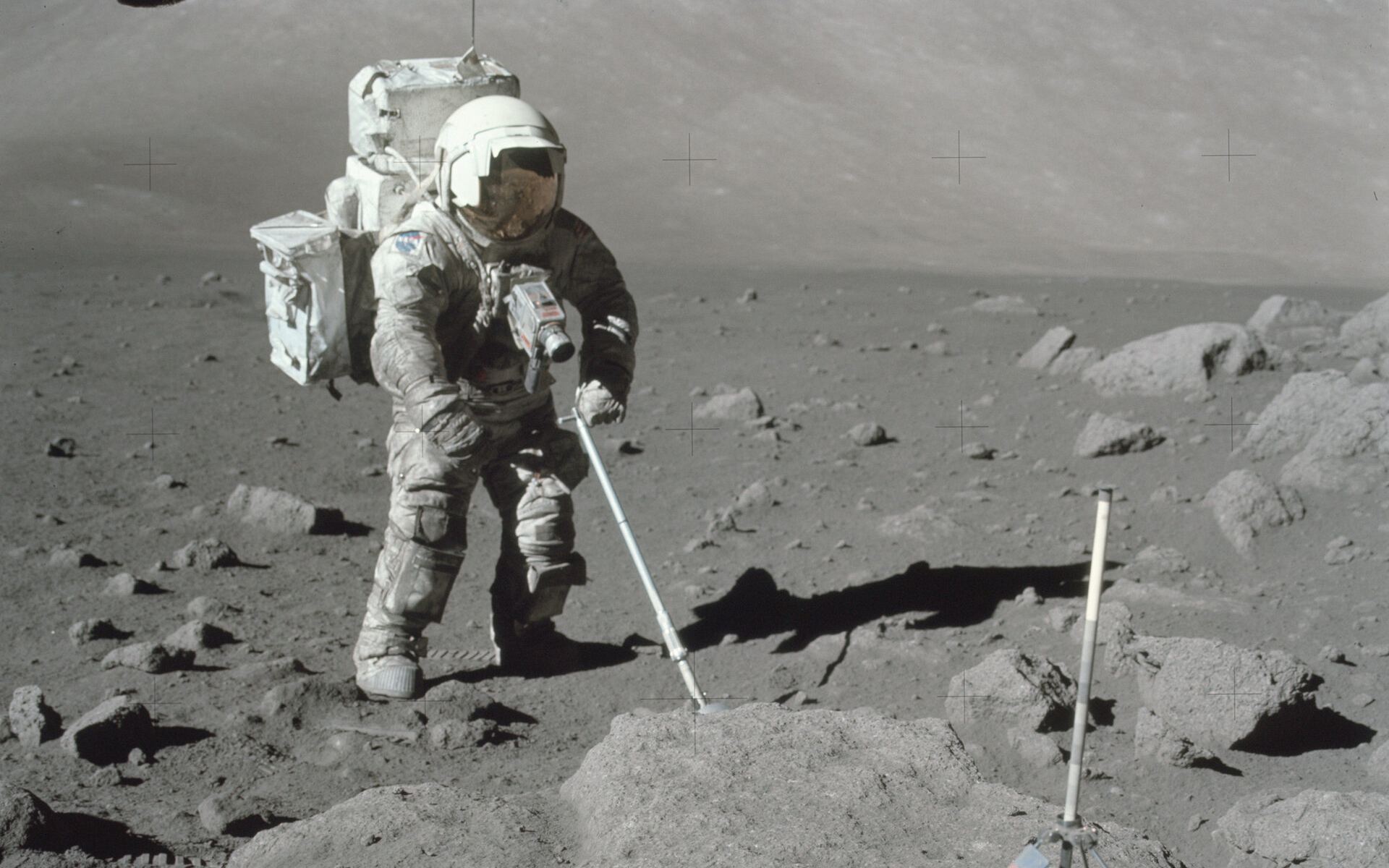When stars reach the end of their lifespan, they undergo gravitational collapse at their cores. The type of explosion that results is one of the most awesome astronomical events imaginable and (on rare occasions) can even be seen with the naked eye. The last time this occurred was in 1604 when a Type Ia supernova took place over 20,000 light-years away – commonly-known as Kepler’s Supernova (aka. SN1604)
Given the massive amounts of radiation they release, past supernovae are believed to have played a role in the evolution of our planet and terrestrial life. According to new research by CU Boulder geoscientist Robert Brakenridge, these same supernovae may have left traces in our planet’s biology and geology. These findings could have implications given fears that Betelgeuse might be on the verge of going supernova.
Continue reading “Past Supernovae Could be Written Into Tree Rings”
